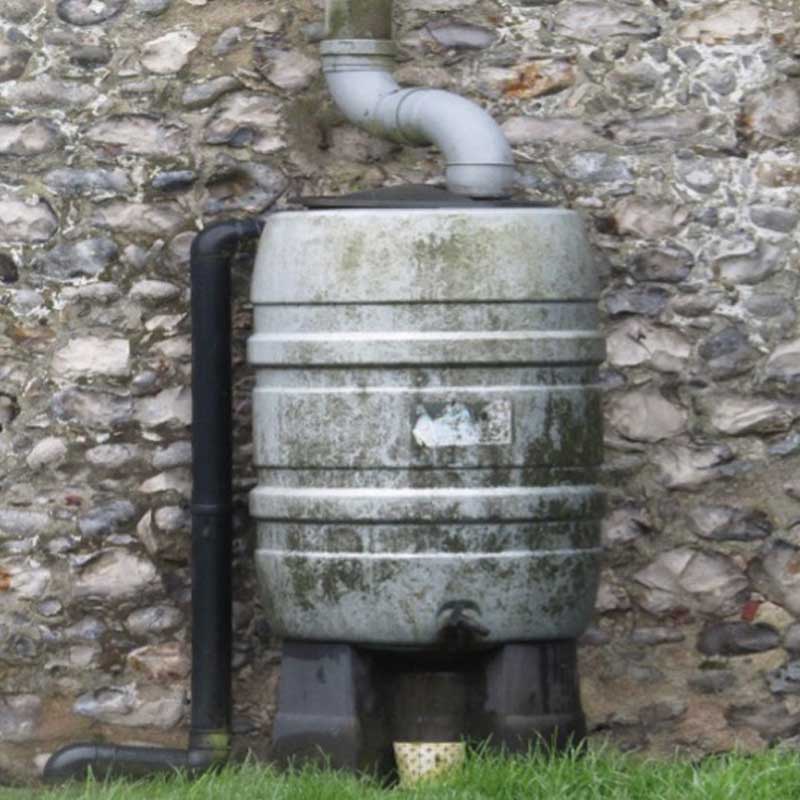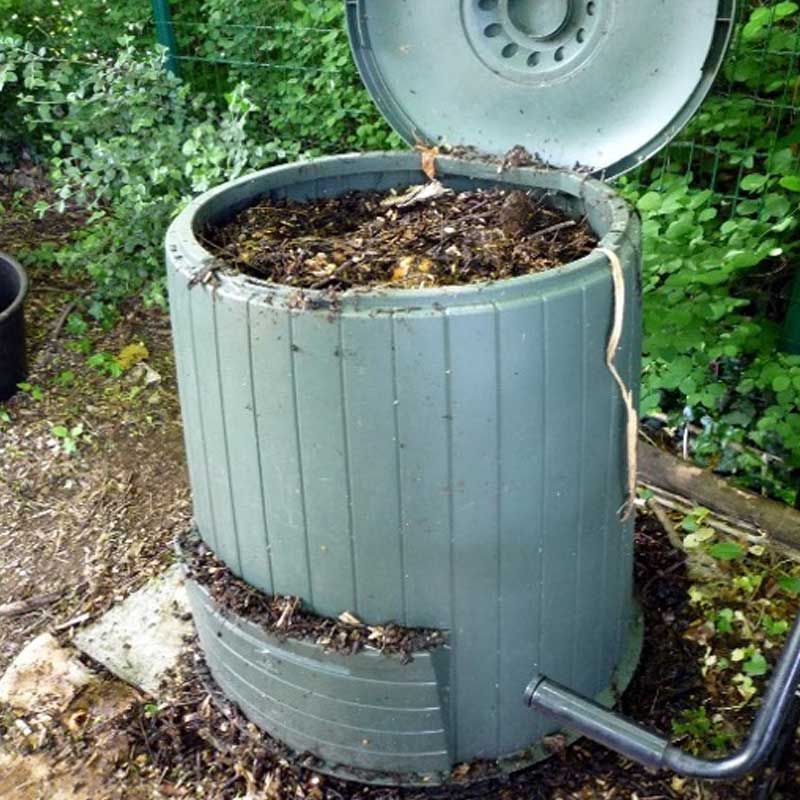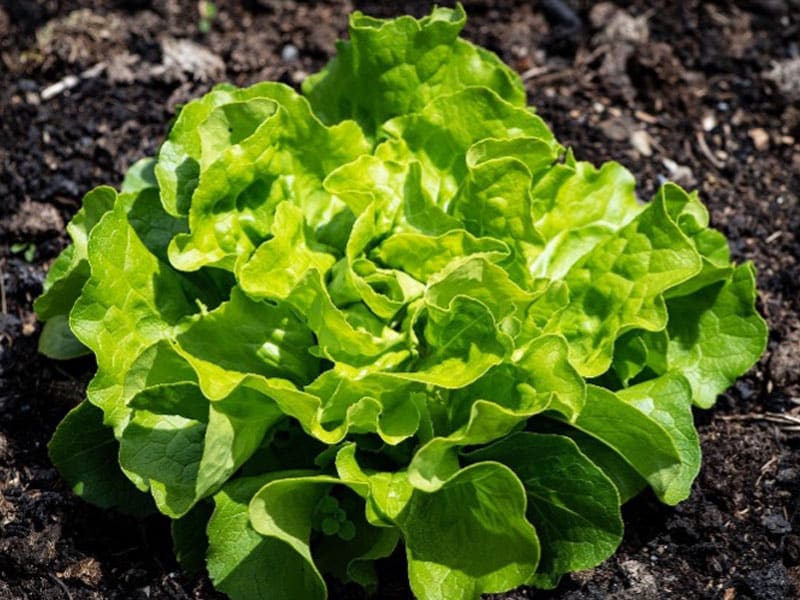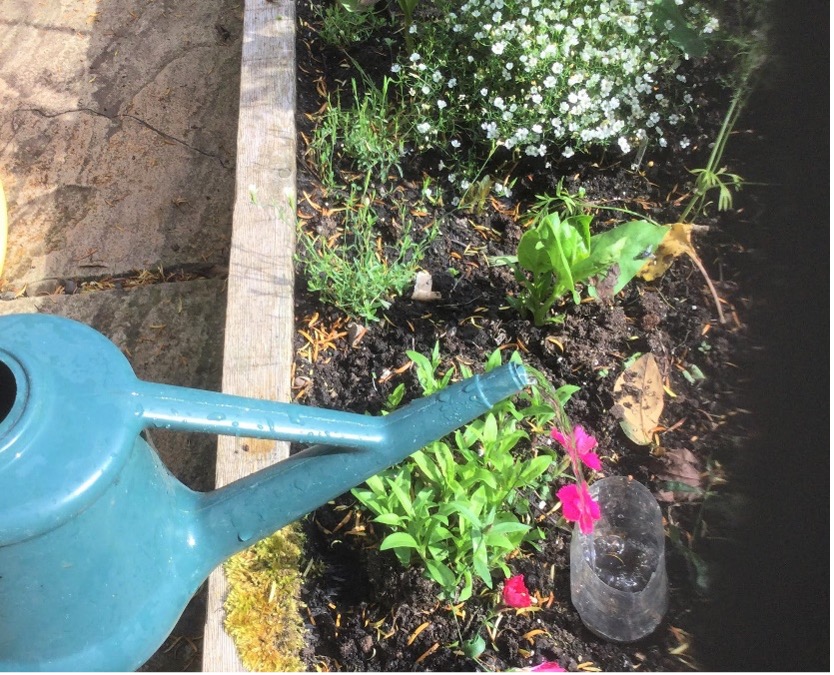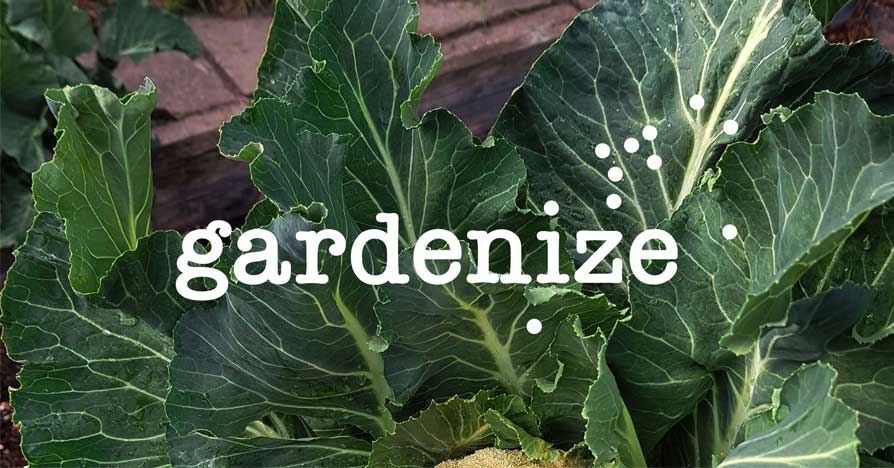Saving water in the Garden
How do we deal with watering as gardeners to ensure our plants get enough water without using up too much of this scarce resource? Future projections suggest that during summer, the number of dry days will increase, with heavier rain in between. This may require changing how water is collected and stored to prevent adverse effects on households and agriculture.
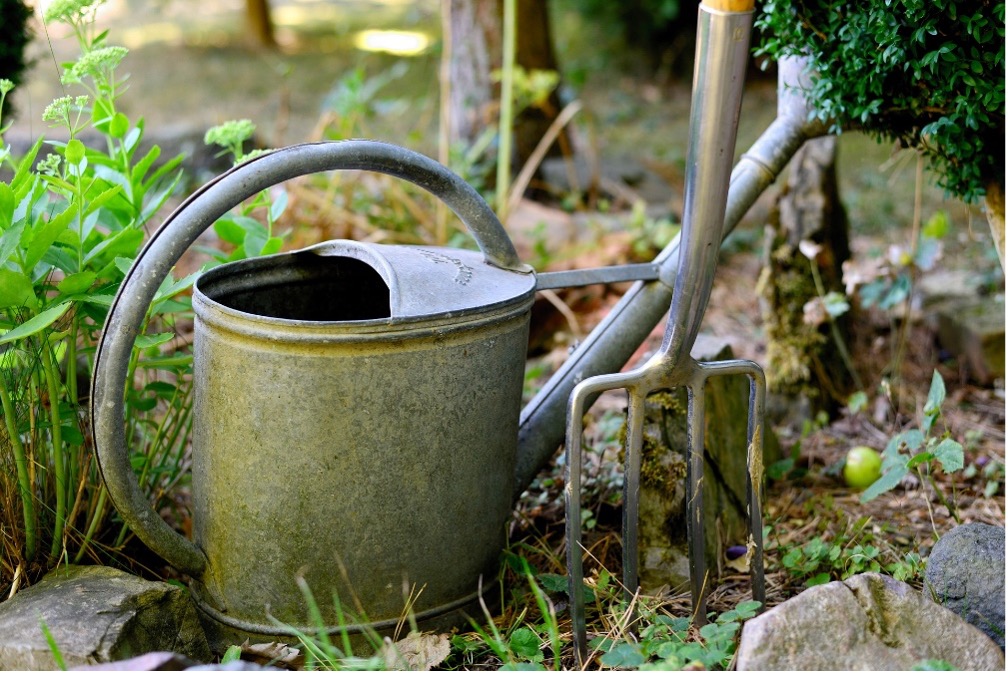
3 Water Saving Tips for Efficient Gardening
There are months with ample rainfall in many regions. However, there has been a noticeable trend towards drier summers in recent years. Experts from organizations like the Met Office suggest that as global temperatures rise, there is an increased likelihood of more frequent droughts in various locations. Winter seasons are projected to become wetter, while summers are expected to become drier. Nonetheless, the specific distribution of rainfall will ultimately determine the risk of drought in different areas.
1. Store Rainwater:
Install a water collection system, such as a water butt connected to gutters, to maximize rainwater storage for garden use. In even dry regions, it’s possible to collect 24,000 liters (5,280 gallons or 150 water butts) annually from the roof. Rainwater is preferable to tap water for plants as it lacks harmful chemicals like chlorine. Avoid using water from a water butt on newly sown seedlings due to potential fungal spore contamination.
2. Collect Rainwater:
Place buckets or bowls outdoors during heavy rain to gather rainwater, which can be later poured into watering cans for plant irrigation. Greywater from baths and washing up bowls can also be utilized. To minimize bacterial growth, store greywater for a maximum of 24 hours. However, it’s advised not to use greywater on edible crops to prevent contamination from pathogens.
3. Water Conservation Tips:
Store rainwater efficiently, collect and use rainwater during heavy rainfall, and consider utilizing greywater for non-edible plants while following storage guidelines. These practices contribute to water conservation efforts in gardening.
Treat your soil
A soil that is rich in organic matter such as compost or garden waste has a better structure and will retain moisture more easily. For this reason, it’s worth having a compost bin and digging the contents into the soil once they are well-rotted. Compost encourages the production of beneficial bacteria and fungi that break down organic matter to create humus, a rich nutrient-filled material. Compost can also be used as a mulch which is applied when the ground is moist in order to conserve moisture. Other types of mulch include bark chippings, straw, and grass.
What to water
When water is scarce, it’s necessary to prioritize plants based on their water needs. This includes newly sown or planted areas, especially those with shallow-rooted annual flowers or Spring-sown vegetables. Leafy vegetables like lettuce and spinach require more water, while crops like onions can tolerate less frequent watering. Potted plants, trees, and shrubs planted within the last five years may also require additional water. Established trees and shrubs usually fare better without additional watering. Watering lawns is generally not recommended, as they typically recover after a period of drought.
Plants with different needs for water:
- newly sown or newly planted areas, particularly those containing annual flowers or vegetables sown in the Spring, since they have shallower root systems than those sown or planted in the Autumn. Leafy vegetables, such as lettuce and spinach, require a lot of water, whereas crops like onions can be left without watering.
- plants growing in pots. Place drip trays below the pots to collect drainage and use a water retaining gel or use self-watering pots or baskets.
- trees and shrubs planted less than five years ago. These may suffer drought-stress without water. Established trees and shrubs can generally be left.
- Watering established lawns is generally not recommended, and they usually recover after a period of drought. A hose and sprinkler can use about 1000 litres an hour, equivalent to the same amount of water one person would normally use in a whole week, so it’s not surprising that hose pipe bans are sometimes enforced in times of drought.
When and how to water
Using a watering can allows targeted watering at the roots, where it’s most needed. Cut-off plastic drink bottles can be inserted into the ground to pour water directly into them. Watering in the late evening or early morning helps minimize evaporation. Keeping leaves dry can prevent diseases, and watering leaves in direct sunlight can cause burn marks. Apply water gradually to avoid runoff and ensure proper penetration of the soil.
Determining when and how much to water can be challenging. Signs that plants need more water include slower growth, dull or discolored leaves or stems, changes in leaf position, wilting (though it can indicate overwatering as well), lighter pots, pots blowing over in the wind, and symptoms of powdery mildew. The RHS recommends thorough, less frequent watering, cautioning against overwatering as plant roots require air as well.
Signs that your plants need more water:
- Less than expected growth of foliage, or production of fruit or flowers
- Leaves or stems that look dull or lost their shine, sometimes darker or paler than normal
- Change in position of leaves, they may angle downwards or start to curl
- Wilting (take care though as this can also indicate overwatering!)
- Pots become lighter in weight
- Pots blowing over in the wind
- Symptoms of powdery mildew.
Drought tolerant plants
Given the challenges posed by climate change and the likelihood of hotter, drier summers persisting, now is an opportune moment to consider cultivating plants that require less water. It is beneficial to explore plant varieties that flourish in arid climates, like those found in Mediterranean countries. Some examples include:
- Lavender
- Salvias
- Rosemary
- Thyme
- Oregano
- Phlomis
- Santolina
- Tarragon
- Cistus
- Artemisias

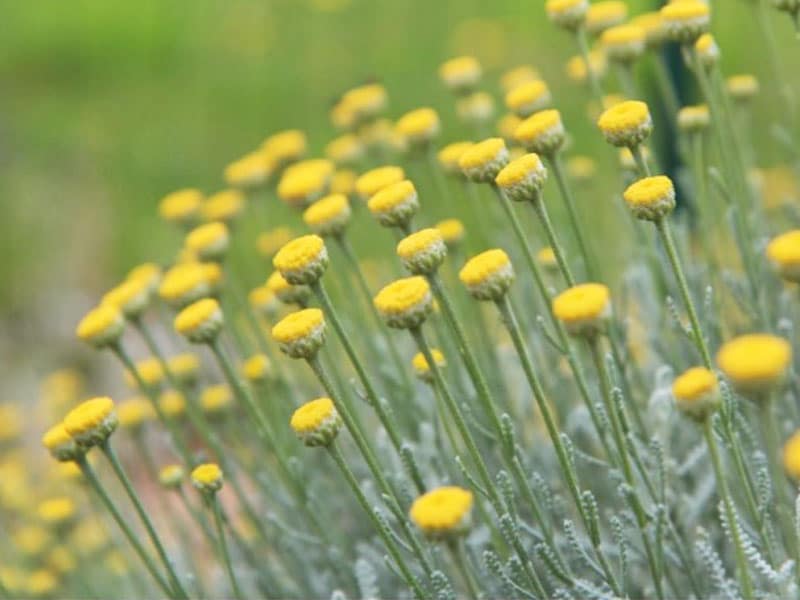
Mediterranean plants
Plant Mediterranean plants in the spring when the soil is warming up. Many of these plants may experience root rot if planted in the fall and exposed to cold and damp conditions throughout the winter. After planting, apply a layer of gravel or straw mulch to aid in moisture retention while the plant establishes itself.

Thymus Serpyllum (wild thyme)
Drought-tolerant plants with moisture traps
Many drought-tolerant plants have silver or gray-green leaves, and some possess a coating of fine hairs on their leaves or stems that trap moisture around plant tissues, preventing them from drying out. These plants include:
- Eryngium (sea holly)
- Lychnis coronaria (rose campion)
- Stachys byzantine “Silver carpet” (lambs’ ears)
- Caryopeteris clandonensis “Sterling Silver”
- Other plants, such as aeoniums and sedums, have fleshy leaves which act as water storage systems.
Vegetable garden
In the vegetable garden, root crops like beetroot, carrots, and parsnips have a reasonable tolerance for drought, while salads and other leafy vegetables are more susceptible to drought conditions. Additionally, once tomatoes begin to bear fruit, they require less water since excessive watering can promote excessive leaf growth at the expense of fruit development.
Gravel garden
If you have sandy or gravelly soil, you might want to consider creating a gravel garden. These types of gardens are particularly suitable for low-maintenance landscaping and offer benefits such as covering dry, exposed areas of soil and providing excellent drainage.
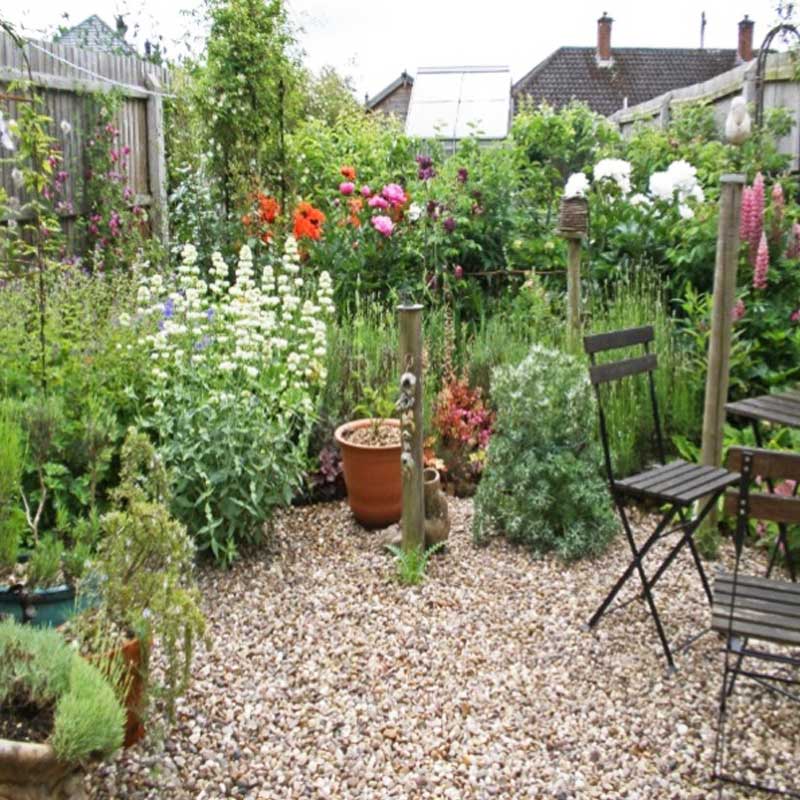
GARDENIZE GARDEN APP
A gardening friend with a green thumb and photographic memory
Gardenize is an app for gardening and cultivation that helps you to overview, understand and develop your garden and your gardening skills. Order makes it easier to succeed and Gardenize structures information and photos and makes it searchable for you. You also get tips and inspiration from other Gardenizers around the world. Gardenize is free to use and you can download Gardenize from the App Store or Google Play, or create an account for the Gardenize web app for web browsers.
Get to know Gardenize better here.

